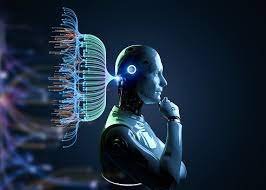How AI is testing the boundaries of human intelligence

Welcome to AI v the Mind, a new series that will explore the limits of artificial intelligence by pitting it against the most powerful thinking machine on the planet – the human brain. It can spot signs of cancer that doctors often miss, appear to wax lyrical about how it "feels", decipher ancient texts that have flummoxed researchers, predict the weather and even help us unravel animal communication. Artificial intelligence (AI) has become so advanced that it's more interesting to examine the things it can’t do. Despite AI's world-bending abilities, machines still pale in comparison to the human mind on a host of tasks. Even algorithms built to replicate the function of the human brain – known as neural networks – are relatively unsophisticated compared to the inner workings of our minds. "A grand mystery in the study of intelligence is what gives us such big advantages over AI systems," says Xaq Pitkow, an associate professor at Carnegie Mellon University who studies the intersection of AI and neuroscience. "The brain has a lot of deep neurological structures related to different functions and tasks, like memory, values, movement patterns, sensory perception and more." These structures let our minds dip into different kinds of thinking to solve different kinds of problems. It's what gives humanity the edge over the robots, for now. The AI algorithms that dominate the market are essentially prediction machines. They crunch massive amounts of data and analyze patterns, which allows them to identify the most likely answer to a given question. On a fundamental level, much of human cognition centres around prediction, too, Pitkow says, but the mind is built for levels of reasoning, flexibility, creativity and abstract thinking that AI still hasn't replicated.





